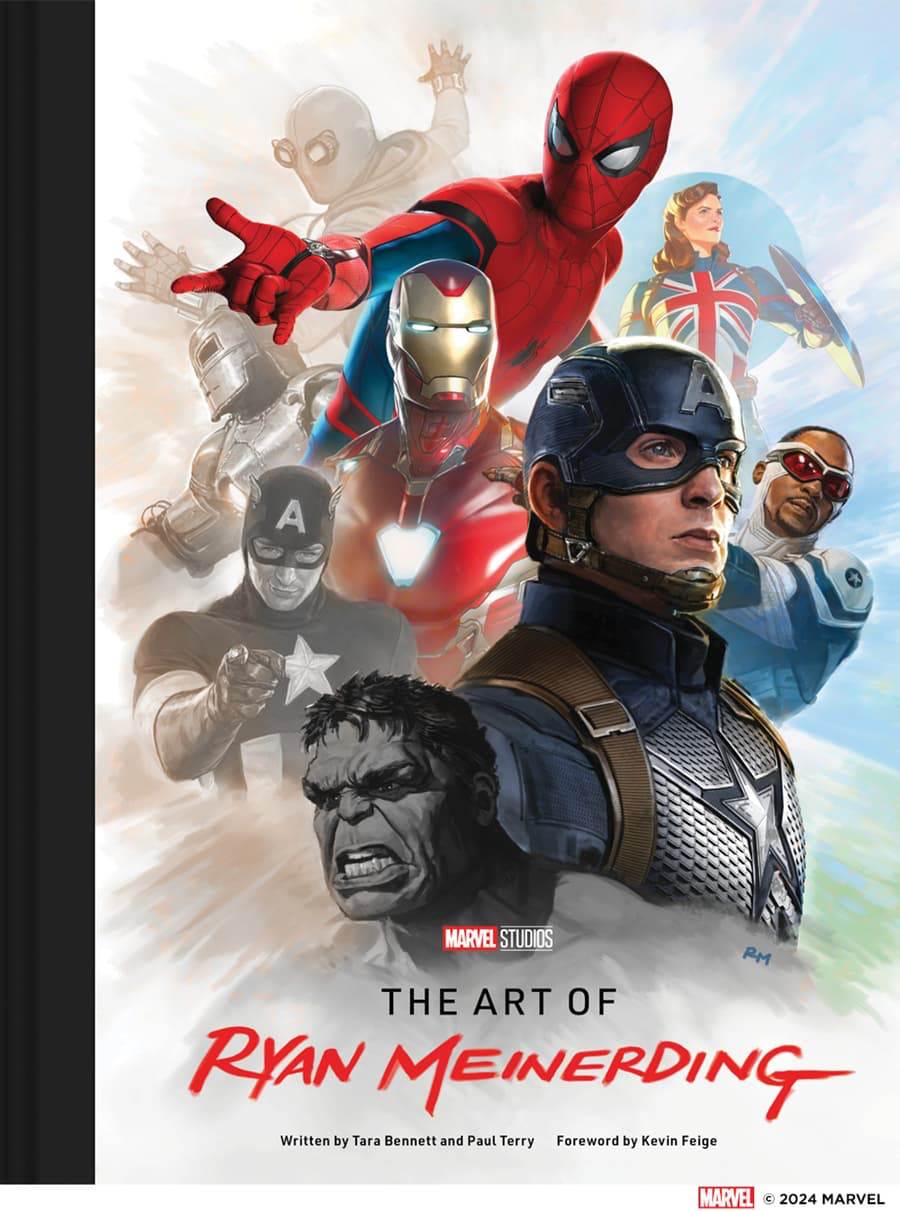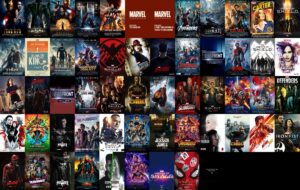The Marvel Cinematic Universe (MCU) has been a game-changer in the world of filmmaking, especially when it comes to visual effects. Over the years, we’ve seen a significant evolution in the use of VFX, transforming the way we experience superhero movies. Let’s take a journey through the recent MCU films and explore how visual effects have become an integral part of storytelling.

- How Marvel Balances Character Development In Its Latest Movies
- The Evolution Of MCU’s Storytelling: From Phase 1 To Now
- The Rise Of The Multiverse In Marvel’s Newest Releases
- The Role Of Technology In MCU’s Latest Blockbusters
- Unpacking The Mysterious End Credits Scene: MCU’s Latest Bombshell
From CGI to Realism
In the early days of the MCU, visual effects were mostly used to create superhuman abilities and fantastical worlds. However, the results often looked cartoonish and detached from reality. Fast-forward to the present, and it’s clear that the VFX team has made tremendous progress. Movies like Captain America: Civil War (2016) and Spider-Man: Homecoming (2017) showcased a more nuanced approach to CGI, with character designs and environments that felt more grounded and realistic.
The Quantum Realm and Beyond
The turning point for MCU’s visual effects came with the release of Ant-Man (2015) and Doctor Strange (2016). These films introduced us to the Quantum Realm and the Mirror Dimension, respectively, both of which required innovative VFX techniques. The Quantum Realm’s chaotic, ever-changing landscape was achieved through a combination of CGI and clever camera work, while the Mirror Dimension’s kaleidoscopic visuals were created using advanced fractal geometry.
The Marvel Studios’ visual effects team has continued to push the boundaries of what’s possible. In Thor: Ragnarok (2017), we witnessed the stunning destruction of Asgard, with its vibrant colors and epic scale. The Disney+ series Loki (2021) took it a step further, with its mind-bending, time-traveling narrative and visuals that defied logic.
Shang-Chi and the Legend of the Ten Rings (2021) marked a new milestone in MCU’s VFX journey. The film’s action sequences, such as the breathtaking bus fight and the Ten Rings’ assault on Ta-Lo, were a testament to the team’s ability to balance style and substance. The visuals were seamless, with convincing character animations and detailed environments that transported viewers to a world of magic and fantasy.
Spider-Man: No Way Home (2021) and Multiverse Mayhem
Spider-Man: No Way Home was the perfect opportunity for the VFX team to flex their muscles. The multiverse-spanning narrative required a vast array of visual effects, from the eerie, ethereal landscapes of the multiverse to the more grounded, realistic portrayal of Spidey’s battles against his foes. The film’s climax, featuring a showdown between multiple Spider-Men and a host of villains, was a dazzling display of CGI wizardry.
Doctor Strange in the Multiverse of Madness (2022) took the visual effects to even greater heights. The film’s exploration of alternate realities and dimensions resulted in some truly psychedelic and unsettling imagery, including the haunted, ever-changing streets of Manhattan and the eerie, Lovecraftian landscapes of the Dark Dimension.
An Evolution in Storytelling
As impressive as the visual effects in these films may be, it’s essential to remember that they’re more than just flashy eye candy. They serve a higher purpose – to advance the narrative and immerse the audience in the world of the story. The MCU’s VFX team has become adept at using visual effects as a form of storytelling, rather than merely relying on them as a crutch.
The Future of VFX in MCU
As we look ahead to future MCU films, it’s clear that the bar for visual effects will continue to rise. With the introduction of new technologies and techniques, we can expect even more breathtaking and innovative VFX in the years to come. The possibilities are endless, and the MCU’s dedicated team of artists and technicians are sure to keep pushing the boundaries of what’s possible.
The evolution of visual effects in the MCU’s recent movies is a testament to the power of creativity and innovation. As technology continues to advance and the boundaries of what’s possible continue to expand, it will be exciting to see where the MCU takes us next.




